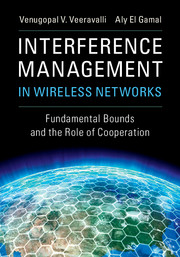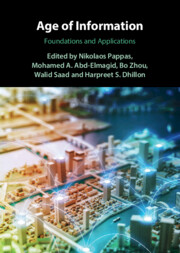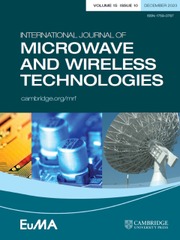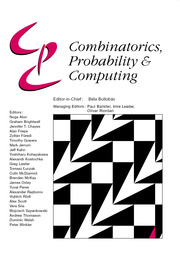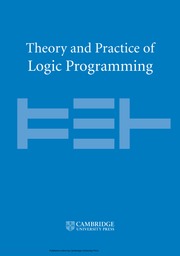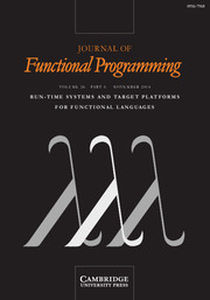Coding for Erasure Channels
Understand how to make wireless communication networks, digital storage systems and computer networks robust and reliable in the first unified, comprehensive treatment of erasure correcting codes. Data loss is unavoidable in modern computer networks; as such, data recovery can be crucial and these codes can play a central role. Through a focused, detailed approach, you will gain a solid understanding of the theory and the practical knowledge to analyze, design and implement erasure codes for future computer networks and digital storage systems. Starting with essential concepts from algebra and classical coding theory, the book provides specific code descriptions and efficient design methods, with practical applications and advanced techniques stemming from cutting-edge research. This is an accessible and self-contained reference, invaluable to both theorists and practitioners in electrical engineering, computer science and mathematics.
- Presents for the first time a standalone guide to erasure correcting codes, with accessible introductions for readers of all backgrounds
- Combines underlying mathematical theory with practical applications, giving a full overview of the analysis, design, and implementation processes
- Features an up-to-date viewpoint, covering advanced techniques stemming from the most recent advances in the field
- Includes over 80 examples and over 90 end-of-chapter problems to test student learning
Product details
January 2026Hardback
9781107131552
354 pages
244 × 170 mm
0kg
Not yet published - available from January 2026
Table of Contents
- 1. Introduction
- 2. Basics
- 3. Erasure channel modes and bounds
- 4. Low-density parity-check codes
- 5. Weight distribution and minimum distance of LDPC codes
- 6. Iterative and maximum-likelihood decoding of LDPC codes
- 7. Iterative LDPC decoder analysis
- 8. Maximum-likelihood LDPC decoder analysis
- 9. Low-density parity-check codes: generalisations
- 10. Polar codes
- 11. Fountain codes
- Appendix A
- Appendix B.


